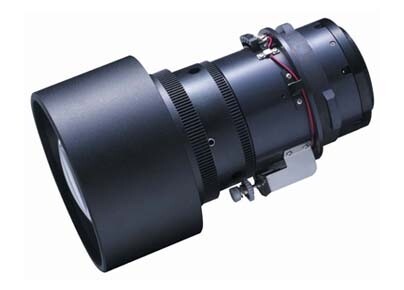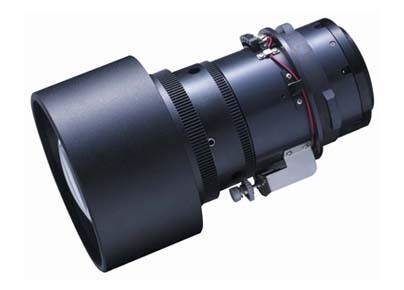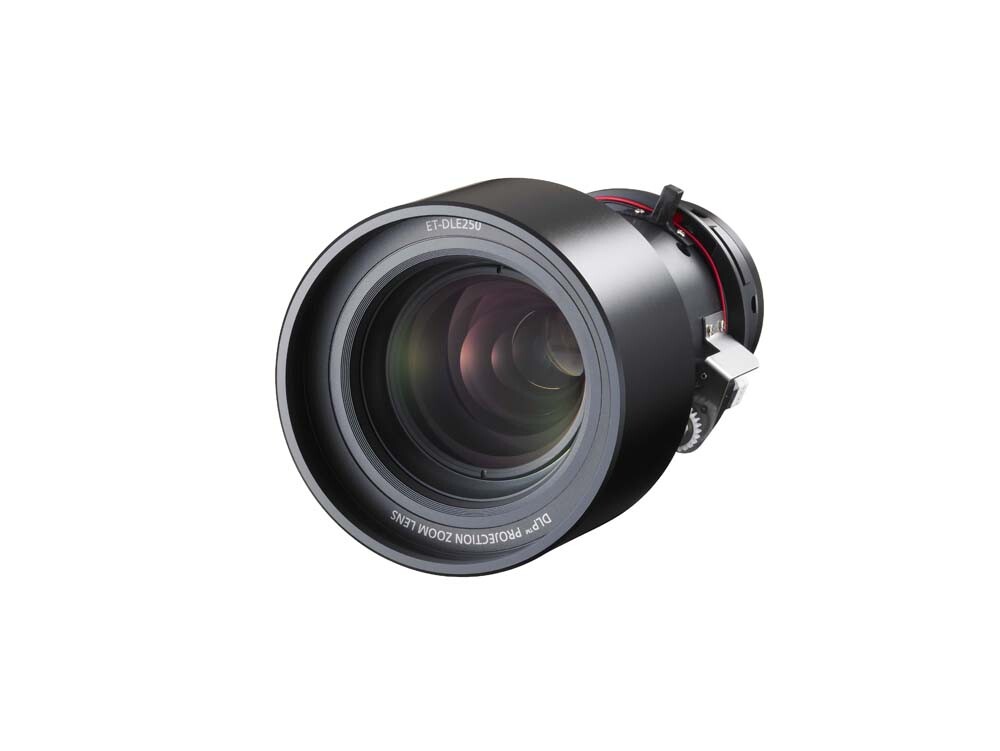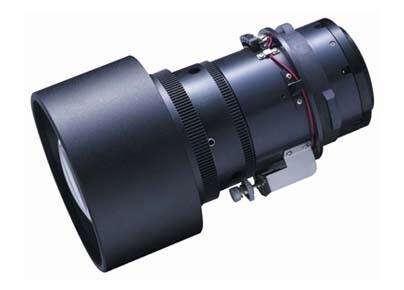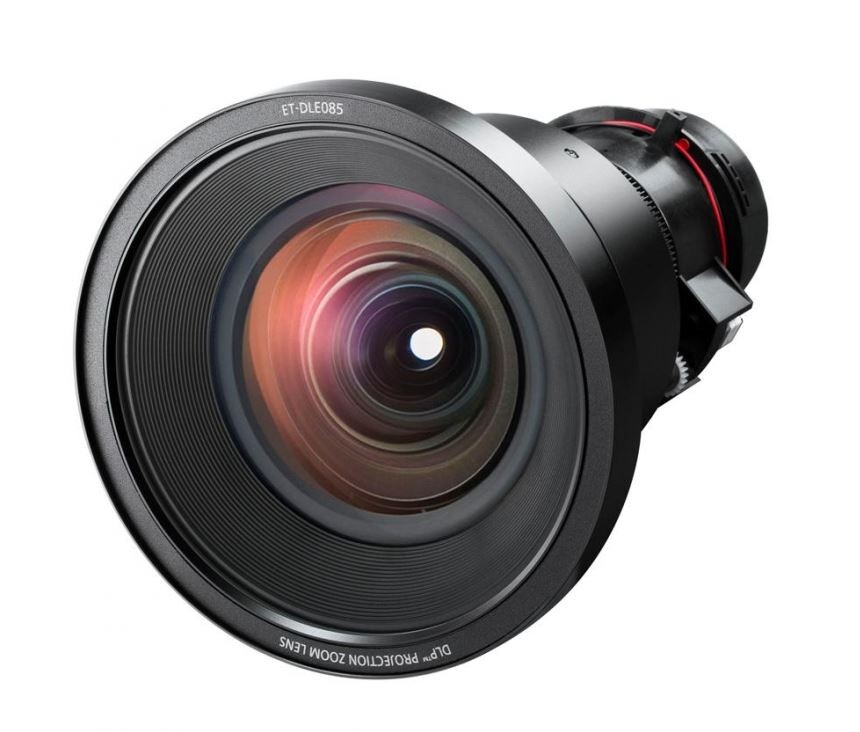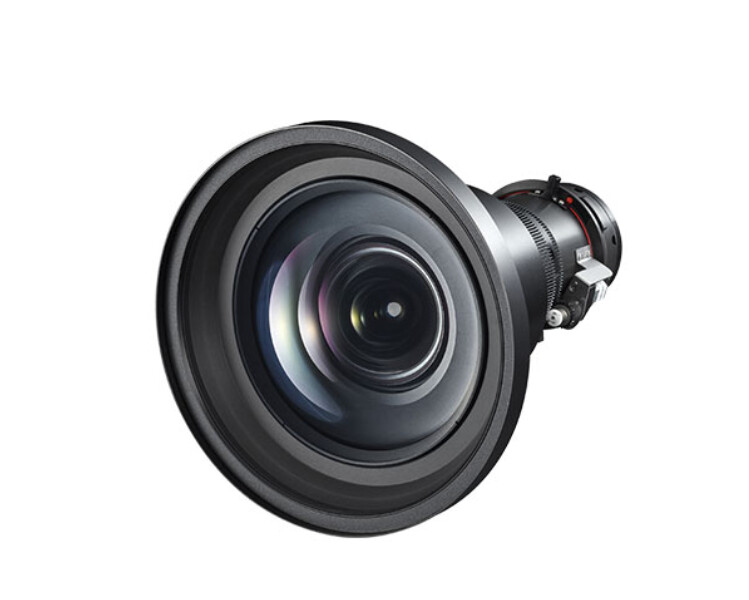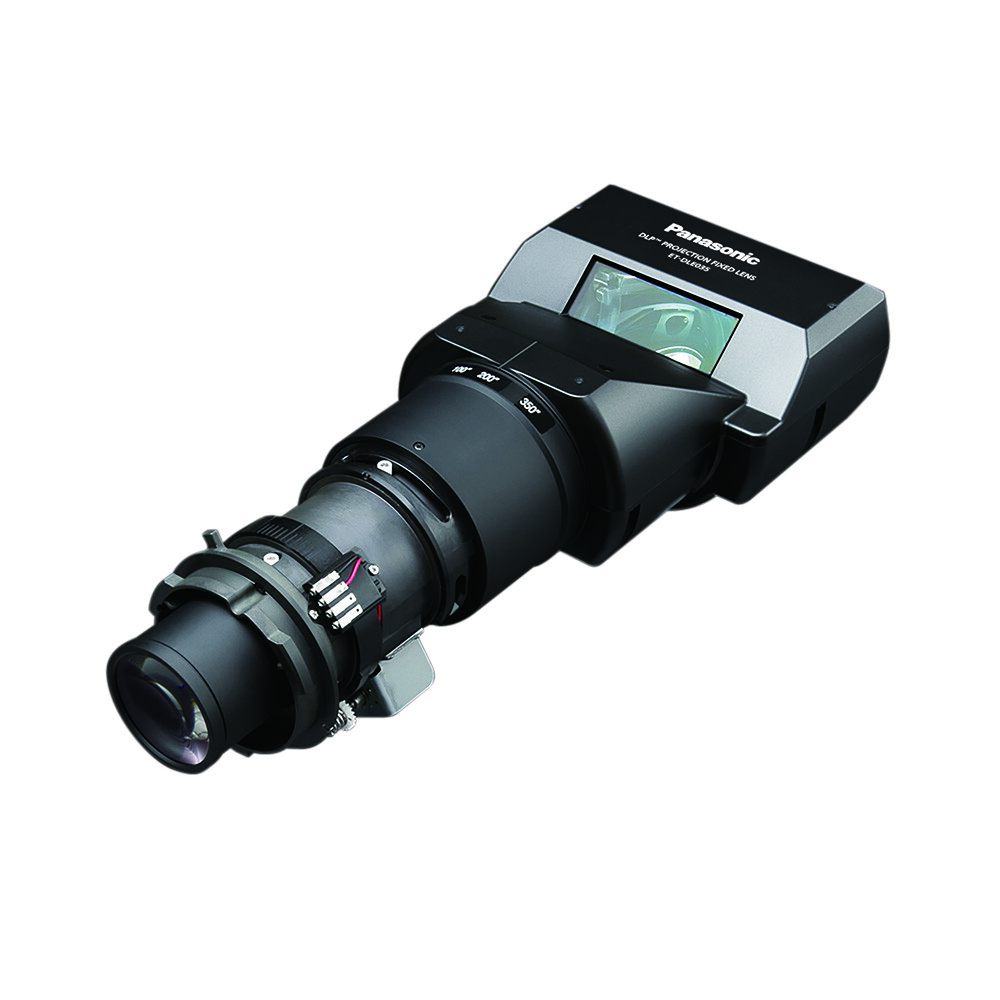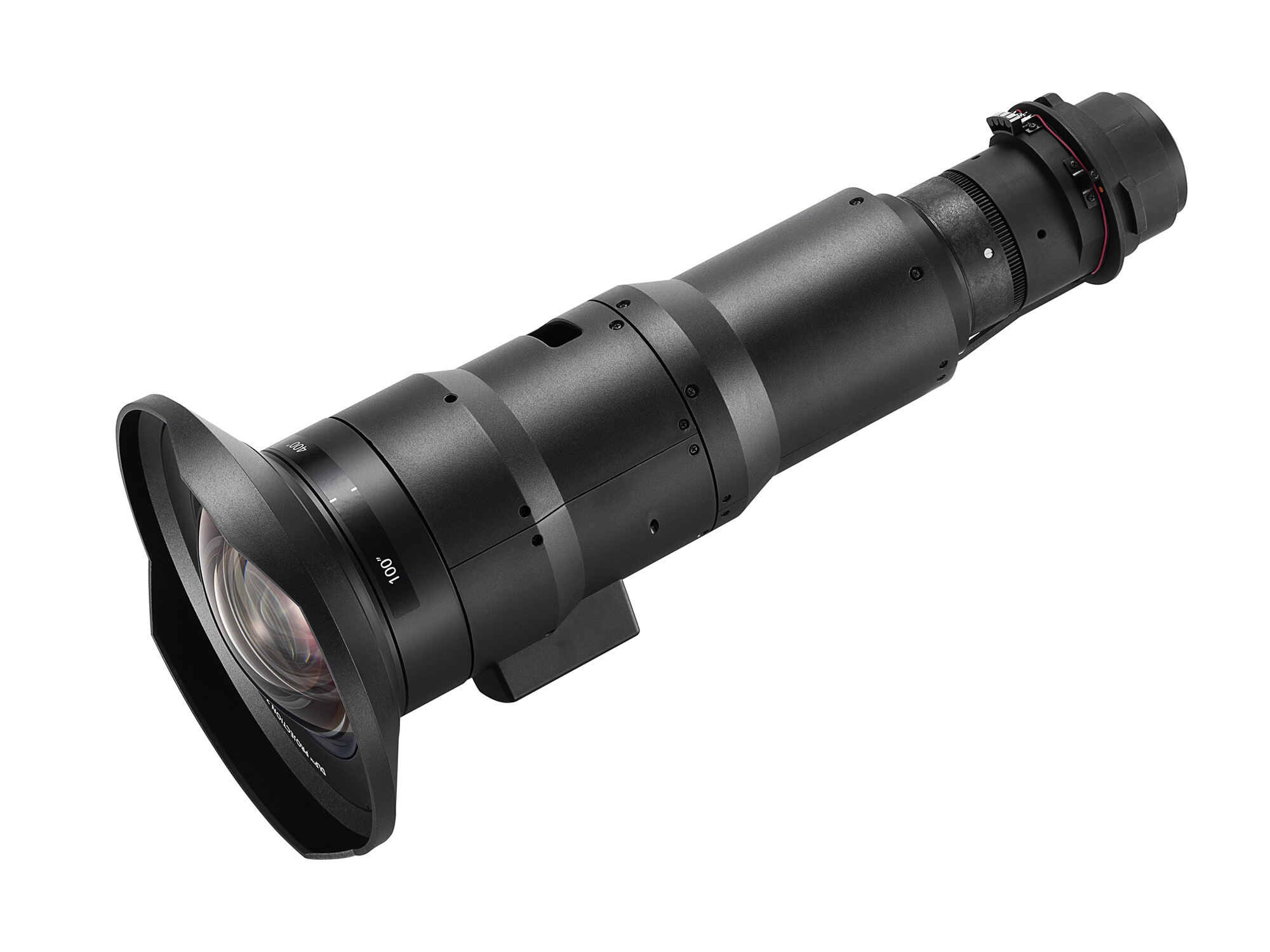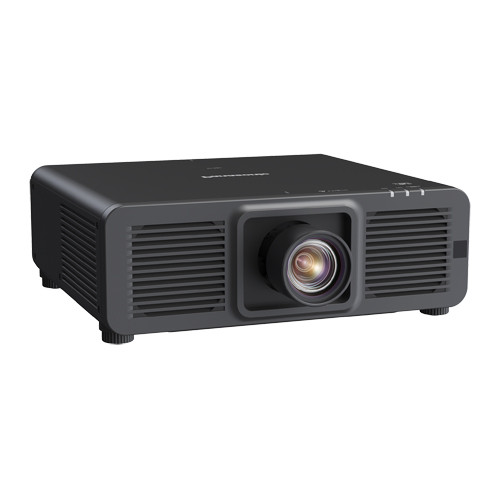







£10,391.88*
- Light Brightness 7,500 Lumen
- Resolution 3840 x 2160 4K UHD
- Aspect Ratio 16:9
- Operating noise 35 dB


Frequently purchased together
Product information
Discover the Panasonic PT-RQ7LBE, an outstanding representative of the PT-RQ7 series that sets new standards with advanced laser technology and compact design. This 1-chip DLP projector offers immersive 4K visuals and is designed to excel in both business and creative environments.
The technical details at a glance:
- 4K resolution with Quad Pixel Drive (3,840 x 2,160, native 1,920 x 1,080)
- Brightness: 7.500 lumens
- Intel SDM Slot
- Digital Link
- Horizontal/Vertical Lens Shift
- Without Lens
- Colour: Anthracite
- Weight: approx. 17 kg (37.5 lbs)
- Compatible with Panasonic DLE Series lenses
Immersive 4K visuals for all
The PT-RQ7LBE from the RQ7 series positions itself as a perfect choice for stunning 4K visuals. With Quad Pixel Drive technology, you'll experience smooth and sharp images at a resolution of 3,840 x 2,160, while the native resolution is 1,920 x 1,080. With 7,500 lumens, this projector offers outstanding brightness that delivers impressive results even in well-lit rooms.
Compact design for effortless workflows
The PT-RQ7LBE weighs approximately 17kg and is around 29% smaller than the RZ790/RZ690 series models. This compact design reduces logistical effort and the CO2 footprint. The Intel SDM slot allows the projector to be flexibly expanded and adapted to different requirements, while Digital Link enables simple and efficient transmission of video signals and control commands via a single cable.
Precise adjustments and easy integration
With horizontal and vertical lens shift, the image can be precisely adjusted to the projection surface, making installation easier and ensuring that your image is always optimally positioned. The PT-RQ7LBE is also compatible with Panasonic DLE Series lenses for added flexibility. A list of Panasonic DLE lenses can be found below on the technical data sheet under downloads.
Sustainability and reliability
The PT-RQ7LBE comes in an elegant anthracite housing and has a robust design that is built to last. The energy-efficient optical system and advanced laser technology ensure outstanding image quality with low-maintenance operation. Thanks to the filterless design and a service life of up to 20,000 hours, you don't have to worry about frequent maintenance. The IP5X dust protection standard (IEC 60529) and the multi-laser drive engine with backup input ensure reliable and uninterrupted projection.
The Panasonic PT-RQ7LBE is a powerful and flexible RQ7 series projector that impresses with its advanced technology and compact design. With its outstanding 4K picture quality, high brightness and versatile connectivity, it is ideal for business presentations and creative applications. The PT-RQ7LBE offers an impressive and reliable projection experience in an elegant and compact design.
Technical data
| Name | Panasonic PT-RQ7LBE Projector, 3840 x 2160 4K UHD, 7500 Lumen |
|---|---|
| Article number | 1000032513 |
| GTIN/EAN | 5025232961078 |
| Manufacturer SKU | PT-RQ7LBE |
| Lamp life (ECO) | 24,000 Hour |
| Lens included | Yes |
| Model name | PT-RQ7LBE |
| Brand | Panasonic |
| Product Type | Projector |
| Product Series | Panasonic PT-RQ7 Series |
| Projector Type | DLP |
| Projector lamp type | Laser |
| ANSI Lumen | 7,500 ANSI Lumen |
| ISO Lumen | 7,500 ISO Lumen |
| Resolution | 3840 x 2160 4K UHD |
| Aspect Ratio | 16:9 |
| Contrast Ratio | 15,000 :1 |
| Operating noise | 35 dB |
| Operating noise - ECO | 35 dB |
| Lamp life | 20,000 Hour |
| run-time | 24/7 |
| Minimum Projection Distance | 127 cm |
| Maximum Projection Distance | 1,524 cm |
| Minimum Projection Ratio | 0.279 |
| Maximum Projection Ratio | 8.58 |
| Inputs | 1x 3,5mm Jack , 1x Ethernet , 1x RS232 , 1x USB-A , 2x HDMI |
| wireless technology | WLAN optional |
| Product width | 49.8 cm |
| Product height | 17 cm |
| Product depth | 44 cm |
| Weight | 17 kg |
| Colour | Black |
| Condition | New |
| Warranty | 24 Month |
| Warranty type | Bringin service Service and support information |
Projection distance calculator
Contact our experts for help!
Image size:
Format
Format
Product safety
| Person responsible for the EU |
|---|
| Panasonic Deutschland |
| Winsbergring 15 |
| 22525 Hamburg |
| Germany |
| panasonic.de@eu.panasonic.com |




